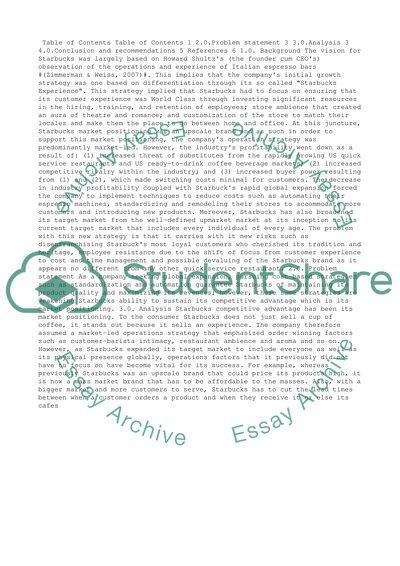Best Practices in OPS Management : Starbucks Corp:Clouds in your Essay. Retrieved from https://studentshare.org/business/1441641-best-practices-in-ops-management-starbucks-corp
Best Practices in OPS Management : Starbucks Corp:Clouds in Your Essay. https://studentshare.org/business/1441641-best-practices-in-ops-management-starbucks-corp.


